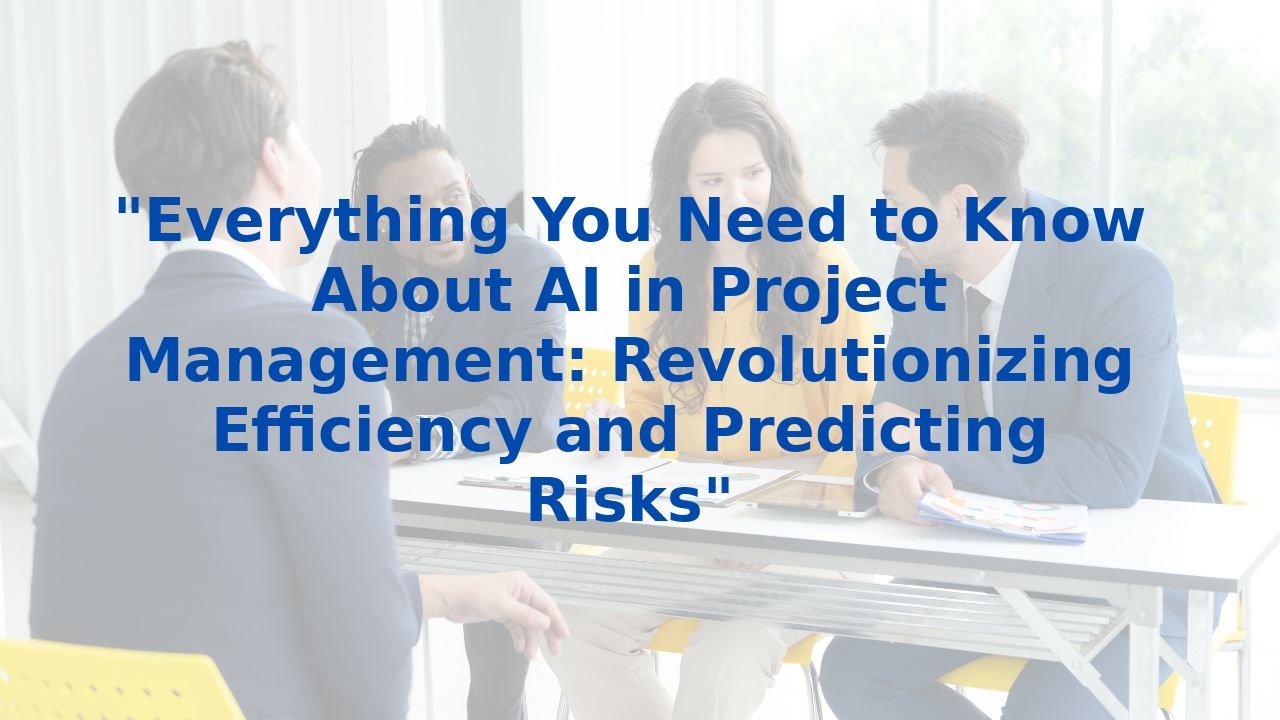How To Integrate Human Rights into AI Risk Management: Your Essential Guide
The Intersection of AI and Human Rights: A New Era of Risk Management
As we journey deeper into the digital age, the complexities surrounding technology's role in society grow exponentially. At the forefront of these complexities is artificial intelligence (AI)—a tool with remarkable potential for positive societal impact, but also one that must be wielded with care to avoid infringing on human rights. Understanding this balance is essential for organizations seeking to harness AI for their business processes while remaining ethically grounded.
Understanding the Dual Nature of AI
AI is not inherently good or bad; rather, its impact is shaped by how it is applied. When employed in a manner that respects human rights, AI can lead to unprecedented advancements, enhancing efficiency, boosting productivity, and ultimately improving the quality of life for individuals and societies alike. However, there are significant risks. Biased algorithms or inaccurate outputs can unintentionally undermine human rights, while deliberate misuse—for instance, utilizing AI for mass surveillance—raises critical ethical concerns.
“AI’s potential to benefit humanity hinges on our ability to integrate human rights considerations into its design and deployment.”
Therefore, organizations must recognize the importance of ethical considerations as a core component of risk management when it comes to the application of AI technologies.
Bridging the Gap: Human Rights and AI Risk Management
There exists a notable gap between human rights awareness and the technological realm, particularly among those involved in AI design and deployment. Many technologists lack a foundational understanding of human rights principles, leading to a disconnect that can lead to harmful outcomes. To truly harness the power of AI, it is crucial to bridge this gap by incorporating a human rights perspective into AI risk management frameworks.
The integration of human rights into AI strategies can lead to more robust decision-making processes. First, by establishing a rights-respecting framework, businesses can enhance the accuracy and fairness of AI outputs, thereby minimizing the risk of bias and misrepresentation. This proactive stance not only mitigates risks but also builds trust among stakeholders, enhancing the organization's reputation.
Enhancing Business Processes with AI
AI's applications extend far beyond just risk management; its potential to improve general business processes is immense. For instance, through automation, AI can take over repetitive tasks, allowing employees to focus on complex problem-solving and strategic decision-making. This shift not only increases efficiency but also fosters a culture of innovation within the organization.
Furthermore, AI can drive improvements in customer engagement through personalized experiences, predictive analytics, and streamlined communication. By leveraging data to understand customer preferences, businesses can tailor their services more effectively, ultimately resulting in higher satisfaction and retention rates.
“Incorporating AI into operations is not just a technological upgrade; it’s a transformative shift that can redefine how businesses serve their customers.”
The Importance of Training in AI
To navigate the intricate landscape of AI and human rights successfully, organizations must prioritize training their employees. A well-trained workforce is essential for integrating AI effectively and ethically. By equipping employees with the necessary skills and knowledge about AI, organizations can ensure that their teams are prepared to handle both the technical and ethical challenges that arise.
Comprehensive training programs create a culture of continuous learning, encouraging employees to engage with new technologies critically. This not only enhances their skill sets but also empowers them to contribute meaningfully to discussions surrounding the ethical implications of AI, fostering a workplace environment that values integrity and responsibility.
In essence, investing in AI training is investing in the future of the organization. A knowledgeable team is better equipped to navigate the complexities of AI, driving both innovation and ethical compliance.
The Road Ahead: Embracing AI Responsibly
The potential of AI to enhance business processes while respecting human rights is not just a desirable outcome; it is a necessity in today’s rapidly-evolving landscape. Organizations that proactively adopt a rights-respecting approach to AI will not only protect individuals' rights but also position themselves as leaders in ethical technology use.
As we embrace the capabilities of AI, let us commit to ensuring that its development and deployment align with the fundamental principles of human rights. By fostering a culture of awareness and accountability, businesses can cultivate a future where technology serves humanity, not the other way around.
For organizations looking to equip their workforce with essential AI skills, consider exploring comprehensive training solutions that address both the technological and ethical dimensions of AI as they embark on this transformative journey.



